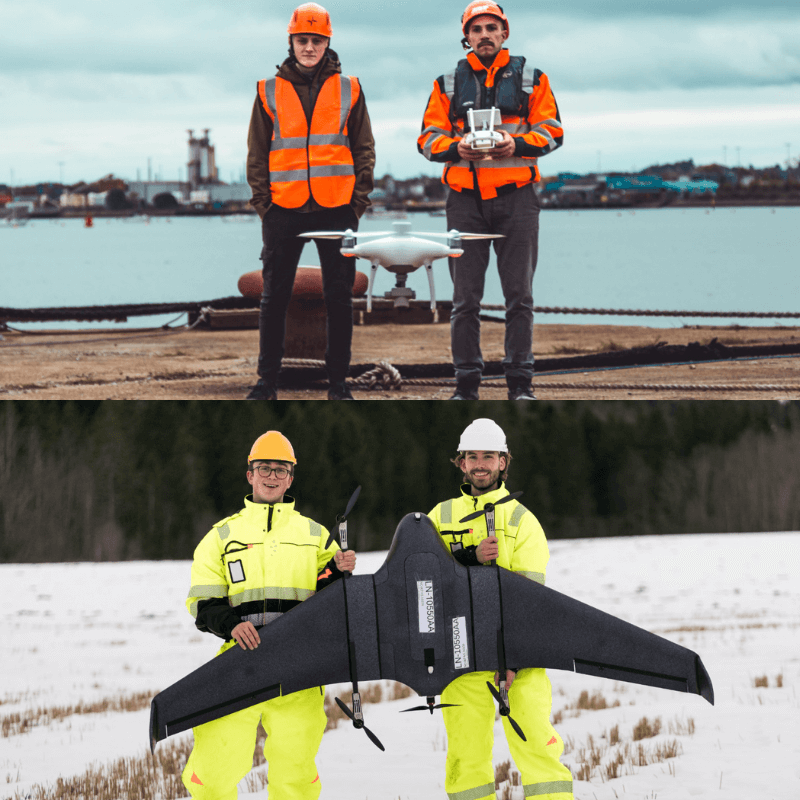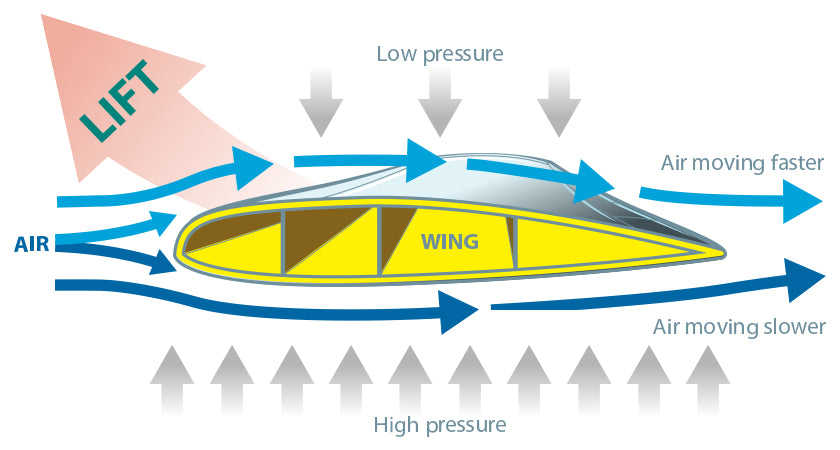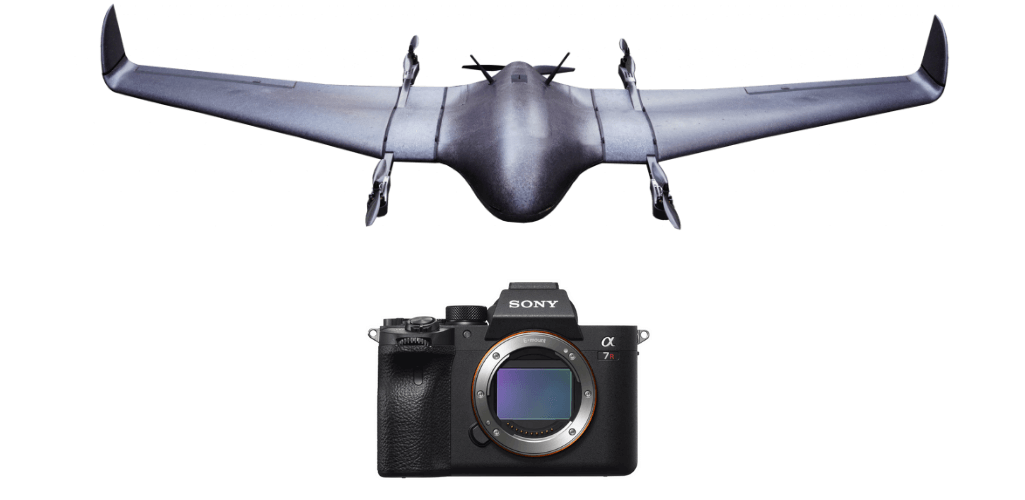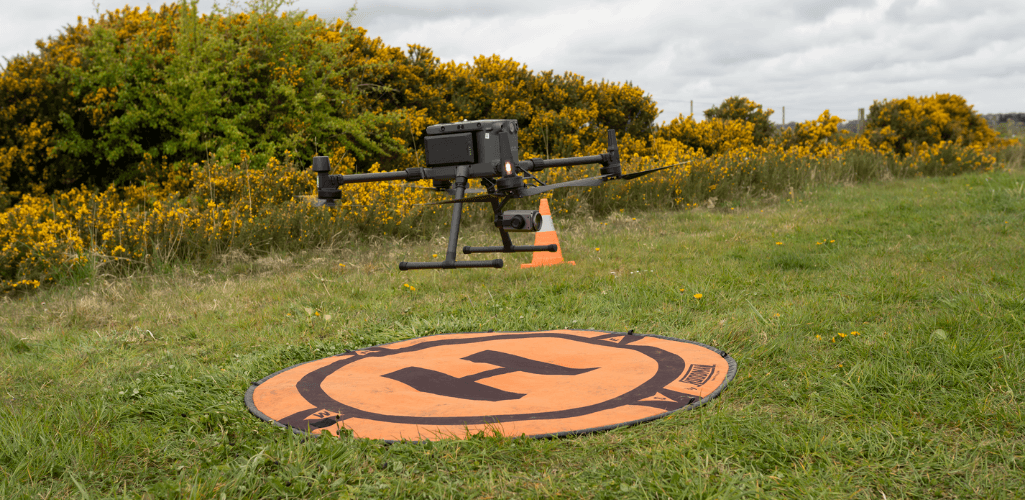
Products
Multirotor Vs Fixed-Wing Drones
Find out which is the best solution for your aerial surveying missions.
In-depth guide to fixed-wing vs multirotor drones, especially in relation to surveying;
Fixed-wing traditionally better for large-area mapping because of longer flight times, but advancements in multirotors, like the release of the DJI M300 RTK, has closed the gap;
Depending on the model, fixed-wing and multirotors can have swappable payload capabilities and both can utilise high-resolution mapping cameras;
Multirotors tend to be smaller, easier to transport and manoeuvre during flight;
heliguy™ offers training in multirotor and fixed-wing aircraft.
Drone surveying has become an increasingly popular application, as professionals realise the benefits of faster, safer and accurate data collection.
But when it comes to choosing the optimum tool of choice, there remains an extremely valid question: Should you select a multirotor or a fixed-wing drone?

Traditionally, fixed-wing aircraft were better suited to larger-area surveying. While that is still true, advancements in multirotor technology mean that the case isn’t necessarily as cut and dry as it once was.
With this in mind, we’ll explore the differences between these two types of drones and how this determines the quality of your surveying results.
heliguy™ offers training in multirotor and fixed-wing aircraft and also runs specialist GIS training. Check out our Drone Training options now!
Fixed-Wing Vs Multirotor Drones - At A Glance
The table below provides an overview of the key attributes of fixed-wing and multirotor aircraft.
Fixed Wing | Multirotor | |
Flight Time | Fixed wings have great endurance. The DeltaQuad Pro, for instance, can fly for almost two hours. | Can't fly as long as fixed wing, however flight time is improving. The M300 RTK can fly for 55 minutes without payload. |
Cameras | Varies depending on the aircraft. For instance, DeltaQuad Pro can use 61MP camera; WingtraOne Gen II can use 42MP camera. Most fixed-wings have the ability to swap payloads depending on the mission. | Depends on the drone. For instance, M300 RTK can use the 45MP full-frame P1. The Phantom 4 RTK has a 20MP sensor. Some drones, like the P4 RTK, have a fixed camera, but the M300 RTK is compatible with a range of payloads, including the cost-effective L1 LiDAR camera. |
Maneuverability | Require more space for long sweeping turns and a runway for take-off and landing. However, VTOL fixed-wings can take-off and land vertically, so less space required. | Easily turn in mid-air, better for hovering, and require less room for take off and landing. |
Size | Tend to be larger than drones. The wings increase the overall footprint. | Drones are typically smaller and easier to transport. |
Cost | Generally speaking, fixed-wing are more expensive. | Generally speaking, a most cost-effective solution. |
Fixed-Wing Vs Multirotor Drones - Flight Time
One of the biggest advantages of fixed-wing aircraft is their incredible endurance, and consequently, their ability to cover large swathes of land in one flight.
The main reason for that is they get all of their lift from their wings and just use their motor for thrust. Multirotors, on the other hand, need a heck of a lot of power just to stay in the air.

The incredible endurance of fixed-wing aircraft can be seen when looking at their specs.
For instance, the DeltaQuad Pro can fly for almost two hours, covering 1200Ha at 3/cm per pixel in one flight. Other solutions like the Trinity F90+ can stay airborne for 90 minutes, while the WingtraOne Gen II can achieve just shy of an hour’s airtime.
It’s impressive stuff, and makes them a fine fit for large-area surveying.
However, the gap between fixed-wing and multirotor has closed slightly, especially with the release of the DJI M300 RTK, which can stay airborne for around 45 minutes with an L1 LiDAR sensor or P1 photogrammetry sensor.
Okay, it doesn’t match the endurance of a fixed-wing, but it still offers plenty of airtime to gather substantial data and makes it a reliable solution for covering large areas. For instance, it can cover 3km2 when integrated with a P1 or 2km2 with an L1, delivering high-efficiency results.
It’s worth noting that the M300 RTK is a special case for a surveying multirotor, raising the bar significantly on flight time. After all, the DJI Phantom 4 RTK - in comparison - can fly for 30 minutes.
The graphic below shows how this impacts data collection when comparing the WingtraOne with the P4 RTK.

Fixed-Wing Vs Multirotor Drones - Control Range
Traditionally, fixed-wing aircraft enjoyed a longer range, but once again, advancements in multirotor technology has tilted the balance slightly - especially with the M300 RTK on the scene.
For instance, the M300 RTK has a transmission range of up to 8km (CE), pushing it into the realms of its fixed-wing equivalents. In comparison, the Phantom 4 RTK has a 5km (CE) range.

When it comes to fixed-wing, the distance varies, from 7km with the Trinity F90+, 8km with the eBee X, or 10km with the WingtraOne Gen II.
However, a solution like the DeltaQuad Pro trumps this, with operators benefitting from up to 50km radio and video range, or even unlimited range using VPN secured mobile networks.
Fixed-Wing Vs Multirotor Drones - Cameras
When it comes to surveying, the quality of the sensor is a key consideration. A poor sensor can impact the quality of your data and the speed of your survey.
You can read more about this in our guide to Ground Sample Distance.
Thankfully, there are both fixed-wing and multirotor solutions available which provide reliable and highly-detailed mapping results.
Starting with multirotors. The DJI Phantom 4 RTK has a fixed 20MP visual camera, while the M300 RTK can be integrated with a variety of surveying payloads, including the 45MP full-frame P1 photogrammetry camera. Click here to find out how the P1 transforms surveying workflows.

In fact, the resolution of the P1 trumps many fixed-wing options, with aircraft such as the WingtraOne Gen II and Trinity F90+ topping out at 42MP courtesy of the Sony RX1R II.
However, the DeltaQuad Pro surpasses this, achieving 61MP with the Sony A7R mark IV.

For some operators, versatility is an important factor, integrating different payloads onto one aircraft for a diverse surveying solution.
Fixed-wing aircraft have this wide compatibility in abundance, with the ability to carry a range of visual, thermal and agricultural sensors.
However, the same is also true of multirotor aircraft, such as the M300 RTK and its predecessor, the M200 Series V2. When it comes to surveying, the M300 RTK can be integrated with a range of sensors - over and above the P1 - including the L1 LiDAR sensor. Read our in-depth report to discover the accuracy of the L1.

Fixed-Wing Vs Multirotor Drones - Maneuverability And Ease Of Use
A big advantage of deploying multirotors is their maneuverability. Platforms like the DJI Matrice 300 RTK can easily adjust their altitude, hover in place, and turn in mid-air. And once in the air, it is generally easier for a quadcopter to ascend and descend on a vertical plane, which can be useful.

In contrast, fixed-wing drones typically can’t hover, so they require more space for long sweeping turns and a runway for takeoff and landing. Therefore, if you’re working on smaller sites or in urban environments, fixed-wing UAVs might require too much space.
Therefore, fixed-wing drones are perhaps better for continuous flying but multirotors are a more reliable and natural solution for stopping in a certain place mid-flight.
Multirotors like the M300 RTK and P4 RTK are controlled in their landing, touching the ground with their legs. Compare this some fixed-wing models, which land on their belly and risk deterioration on every landing.
However, there is a caveat, and that is VTOL fixed-wing drones, such as the DeltaQuad Pro or the WingtraOne. These aircraft provide a perfect balance between fixed-wing and multirotors: They have additional propellers that allow them to hover and take off and land vertically like a helicopter, therefore reducing the space needed to take off. Once airborne, they then transition to a fixed-wing aircraft to cover wider areas.

Fixed-Wing Vs Multirotor Drones - Size
Fixed-wing aircraft for surveying tend to be large. The wings, although very light, mean you're dealing with a big aircraft, which can also make transportation difficult.

In comparison, multirotors are smaller - and in some cases foldable - making them easier for transportation.
For this reason, multirotors are generally easier to pack away, and even easier to set up and put to work. All of which saves you time on site and simplifies the process of taking equipment from one place to another.
However, fixed-wing solutions like the DeltaQuad Pro can be airborne in less than two minutes.
Fixed-Wing Vs Multirotor Drones - Handling The Weather
Drones and multirotor aircraft are hardy machines, but they all have their limitations when it comes to operating parameters in varying weather conditions.
The table below provides a comparison between the DJI surveying drones - the M300 RTK and Phantom 4 RTK - and some industry-leading fixed-wing and VTOL drones, namely the DeltaQuad Pro, WingtraOne Gen II, the Trinity F90+ and eBee X, showing how they compare in different environments.
Aircraft | Max Wind Speed | Operating Temperature | Weather Conditions |
M300 RTK | 15m/s | -20°C to 50°C | Clear Rain, but not waterproof. Click here for more details. |
Phantom 4 RTK | 10m/s | 0°C to 40°C | Clear |
DeltaQuad Pro | 12.5m/s | -20°C to 45°C | Clear Light rain/snow |
WingtraOne Gen II | 12m/s (18m/s gusts) | -10°C to 40°C | Clear |
Trinity F90+ | 12m/s | -12°C to 50°C | Clear |
eBee X | 12.8m/s | -15°C to 40°C | Clear |
Fixed-Wing Vs Multirotor Drones - Automation
Automated flights can be achieved on both multirotors and fixed-wings.
Thanks to advances in autonomous flight and mission planning software, complicated mapping tasks can be set up and launched with ease, which also enables the execution of precision flights.
Fixed-Wing Vs Multirotor Drones - Cost
The price of the solution can carry major weight in the decision between fixed-wing or multirotor.
Generally speaking, a multirotor is more cost-effective.
Take the Phantom 4 RTK, for instance. At the time of writing, it is priced at just shy of £5,000, making it a highly-attractive proposition, especially for low-altitude mapping or as an all-in-one entry-level surveying aircraft.
And while the M300 RTK is more expensive than the P4 RTK, you are still getting plenty of bang for your buck. Currently, an M300 RTK with L1 LiDAR costs just over £22,000 - an incredible price for an aircraft and LiDAR system - while the drone with a P1 is just shy of £16,450. This is an extremely attractive price point when considering the technology you are acquiring.
To put it into context, some fixed-wing aircraft - without payload - are around the £15,000 mark.
Summary
Generally speaking, the scale of the task at hand is a strong determining factor in whether you should survey with a multirotor or fixed-wing drone.
Multirotors are an adaptable and cost-effective solution for mapping and modelling smaller sites, while fixed-wing and hybrid models may be better suited if your mission is on a larger scale. However, solutions like the M300 RTK have changed the goalposts, providing a highly efficient drone for larger areas.
One option is to scale your drone programme with both multirotor and fixed-wing drones to provide ultimate flexibility.
